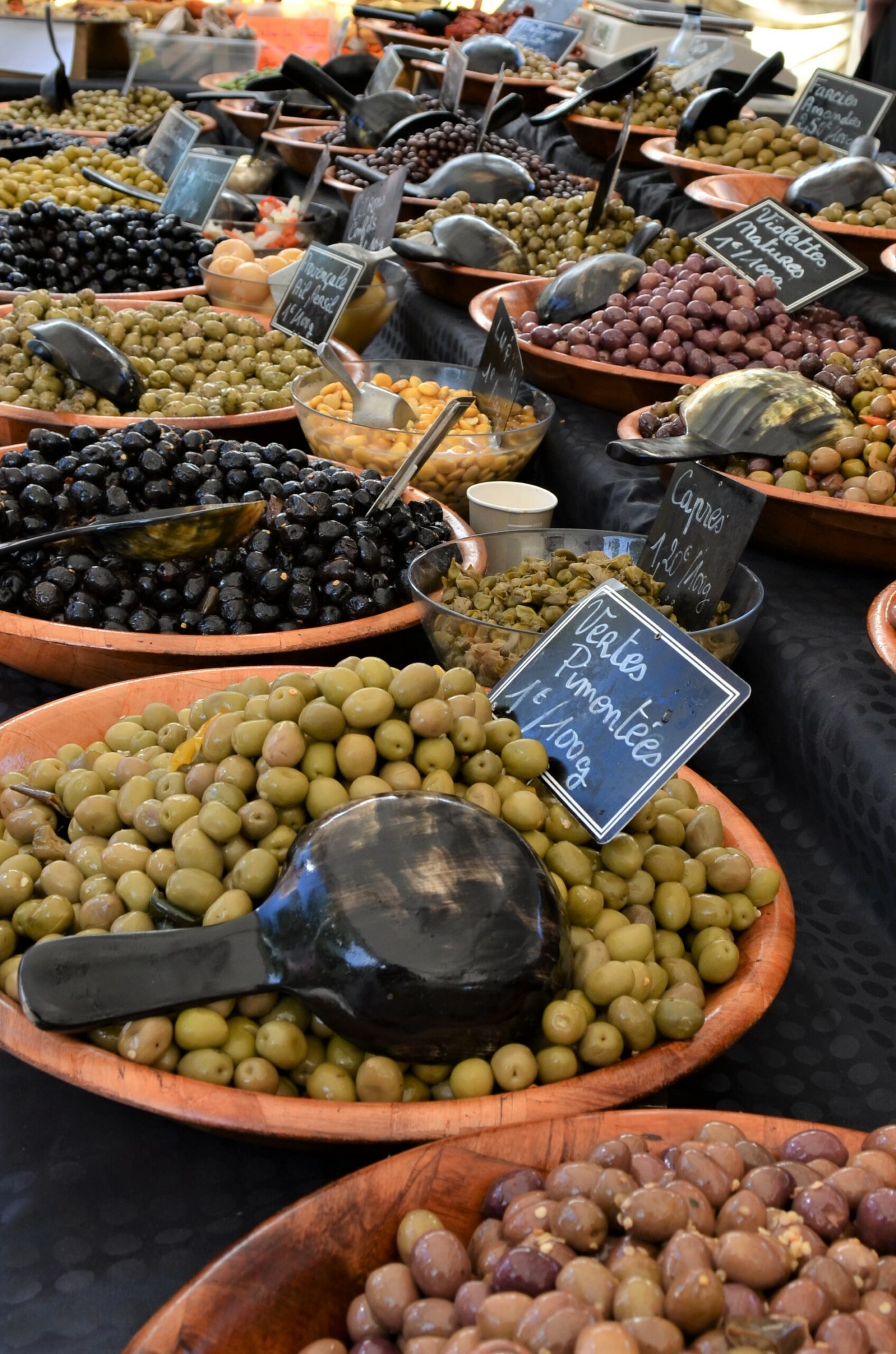
246 St Paul St, Kamloops, BC V2C 2J2, Canada
Description of Business
Windy Acres Family Farm is a family-owned farm, they produce free range eggs, assorted organic vegetables and delicious homemade sourdough bread. Their products are available at the Kamloops farmer’s market.
How can people reach you? Social media/website links/contact information.
- Facebook: https://www.facebook.com/windyacresfamilyfarm/
- Instagram: https://www.instagram.com/windyacresfamilyfarm/?hl=en
- Email: windyacresf7@gmail.com
- Website: “Currently working on a website.”
What microorganism is used? (Type of yeast used).
- “Sourdough starter, not sure of the yeast species.”
What is your production/fermentation process? (scale, quantity produced (ex. Number of Bottles per batch or year).
- “I feed my sourdough starter once every day. 1 cup of rye flour and 1 cup water.”
- “I make enough to bake 70 loaves of bread per week.”
What raw materials do you use? How do you source them (local or not?).
- “Flour from Rogers Food in Armstrong. Eggs and vegetables right from our own farm.”
How do you handle waste management?
- “I compost which I use in my garden, feed some to the chickens or we recycle.”
Do you have a product list? Do you want any specifically highlighted or recommended? Do you have any consumption amount recommendations or pairing recommendations?
- Free range eggs
- Sourdough bread
- Assorted vegetables
When did you open? Why did you open? Any fun/interesting history? – Background on producer or company
- “I have been selling at the farmer’s market for 3 years. I have always enjoyed gardening, baking, and supporting local fresh food.”
List any of the health benefits of your products.
- “Local, fresh, spray free! Sourdough bread has many health benefits as it is easier to digest even for people with gluten sensitivity and contains lots of antioxidants. Free range, farm eggs higher in Omega 3s and we do not spray our vegetables. “
Where are your products available?
- Farmer’s market
- localline.ca
- on the farm
Product shelf life/storage conditions for your products?
- “1 week to 1 month depending on the product.”
Sourdough Bread
History: There is evidence that the practice of bread making occurred before humans began working with metal. The evidence for this is pre-bronze age (3300 BC) grain grinding stones found throughout Europe and Africa. It has been determined that the origin of sourdough bread itself is Ancient Egypt at around 4000 BC and has been a staple of many ancient cultures’ diets. The bread made utilized the wild yeasts and lactic acid bacteria that were already present in the flour to raise the bread. Until the alteration and domestication of yeast to raise bread at a quicker pace, all bread that was produced was a type of sourdough. The main method used to make sourdough today is a method that was created by the French in the early 1700’s. This method consists of having a ‘starter’ or levain being added to dough freshly made dough. This sourdough starter is comprised of water, flour and the yeast and bacteria that accompany the flour. The mixture is then fermented and can be used to make bread for many years if fed and maintained properly.
Microbes Involved in starter: Drying-resistant Lactic Acid bacteria such as Lactobacillus Sanfranciscensis, Lactiplantibacillus plantarum, and Lactiplantibacillus brevis. The yeast species that are typically involved are Kazachstania humilis and Saccharomyces cerevisiae.
Fermentation Process: The fermentation process of the starter consists of a whole wheat flour and room temperature water mixture fermenting in a covered/partially sealed jar for 5-6 days. The wild yeast and lactic acid bacteria contained in the flour will break down the starch using amylases. The starch becomes maltose which the lactic acid bacteria convert into glucose, CO2, and lactic acid. The yeast then metabolizes the glucose and produces ethanol and CO2. The acidic environment produced within the jar prevents unwanted bacteria from growing and provides the bread with its characteristically sour taste. The fermentation process of sourdough bread can range from 8-144 hours (about 6 days). The fermentation process occurs in a pH range between 3.4-4.9 and at a temperature that is around 25 °C. The CO2 produced by the yeast will get trapped in the gluten molecules of the dough and cause it to rise.
Health Benefits: There are a few health benefits that accompany sourdough bread products when compared to other breads, they are:
- A better source of antioxidants.
- A source of prebiotics, also high in fiber.
- Gluten is more broken down which makes it easier to digest. (Especially for those with gluten allergies).
- Low glycemic index.
- Lower Phytate levels (easier digestion).
Misconceptions: You can get sick from the sourdough starter. Answer: No high lactic acid content produced while fermenting contributes to elimination of unwanted or harmful bacteria.
Interesting Facts:
- The oldest intact loaf of sourdough ever found was found in Twann, Switzerland and has been dated at 5550 years old.
- The world’s oldest sourdough usable starter was kept alive for 122 years by 83-year-old Wyoming native Lucille Dumbrill and her mother before her.
- You can use any type of flour to make sourdough, all you need is the starter.
- This technique of bread making is used to produce many gluten-free products.
Consumption: As with all other food products, over consumption is unhealthy. Eating more than the daily amount of 4-6 slices a day recommended by Nutrition Canada is considered to be unhealthy.
Interested in making your own? Click on the links below to learn how to make your own starter and sourdough bread:
- Sourdough starter: https://www.kingarthurbaking.com/comment/406716?gclid=Cj0KCQiA7oyNBhDiARIsADtGRZY9MU0E-hFF80HSaiFTufV_VGXiH6HVU-NQlCengJ1RlcfI7cw-Z3YaAkH2EALw_wcB
- Classic sourdough bread: https://www.kingarthurbaking.com/comment/500571?gclid=Cj0KCQiA7oyNBhDiARIsADtGRZajZtWoVCZkbanDQaHzInWfF5uYlnFIvz3ic9y3Us6–BtYfSFe69saArnREALw_wcB
Want to learn more? Check out these references and resources:
Arora K, Ameur H, Polo A, Di Cagno R, Giuseppe-Rizzello C, and Gobbetti M.“Thirty years of knowledge on sourdough fermentation: A systematic review.” 2021. [Internet]. Available from: https://www.sciencedirect.com/science/article/pii/S0924224420307202
Gänzle, M. “Enzymatic and bacterial conversions during sourdough fermentation.” (2014) Food Microbiology, 37(), 2–10. doi:10.1016/j.fm.2013.04.007 Available from: https://sci-hub.zidianzhan.net/10.1016/j.fm.2013.04.007
Landis E, Oliverio A, McKenney E, Nichols L, Kfoury N, Biango-Daniels M, Shell L, Madden A, Shapiro L, Sakunala S, Drake K, Robbat A, Booker M , Dunn R, Fierer N, and Wolfe B. “The diversity and function of sourdough starter microbiomes” 2021. [Internet]. Available from: doi: 10.7554/eLife.61644
“History of Sourdough Bread.” 2015. [Internet]. Available from: https://www.sourdough.co.uk/the-history-of-sourdough-bread/

